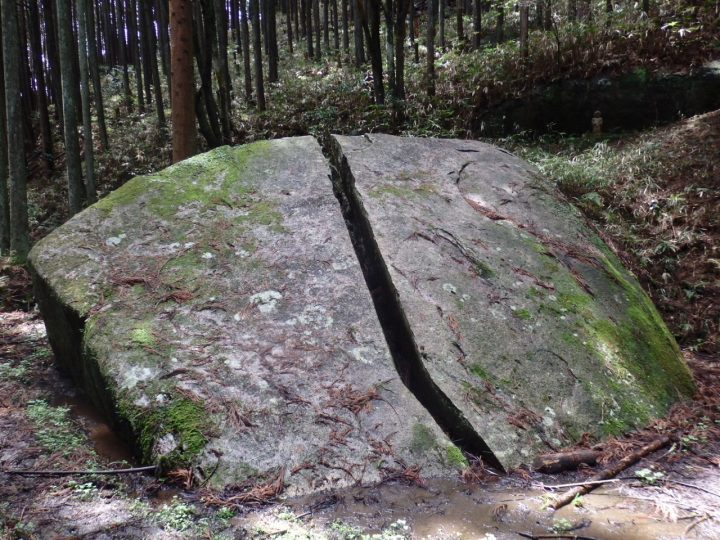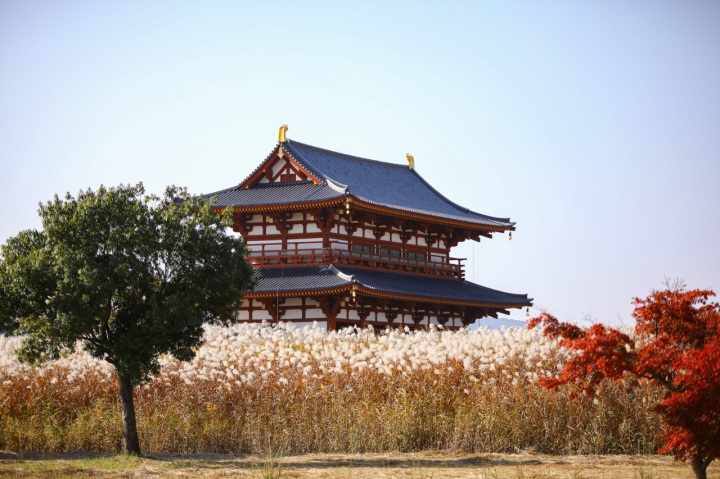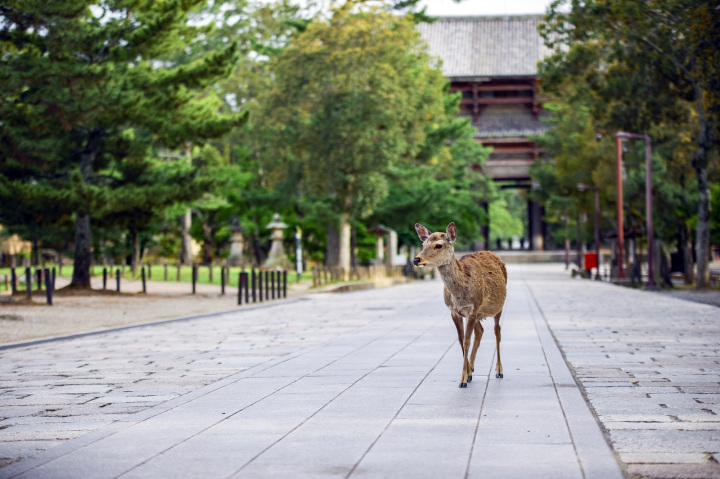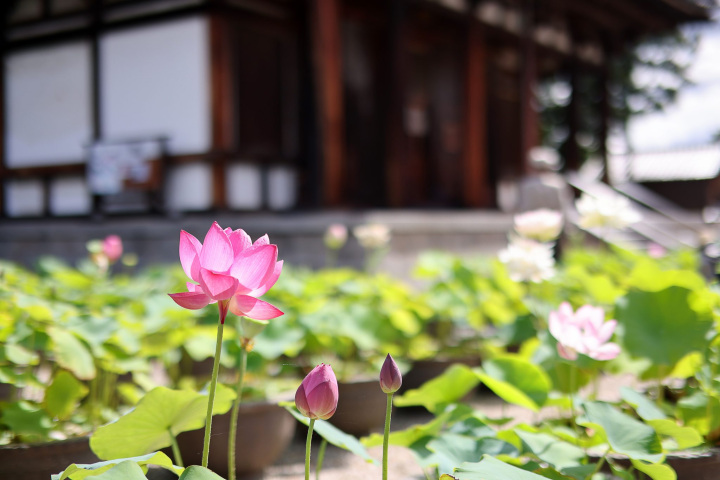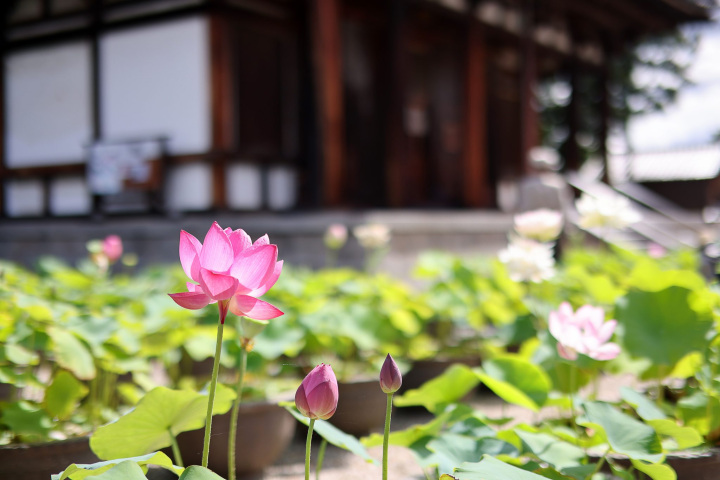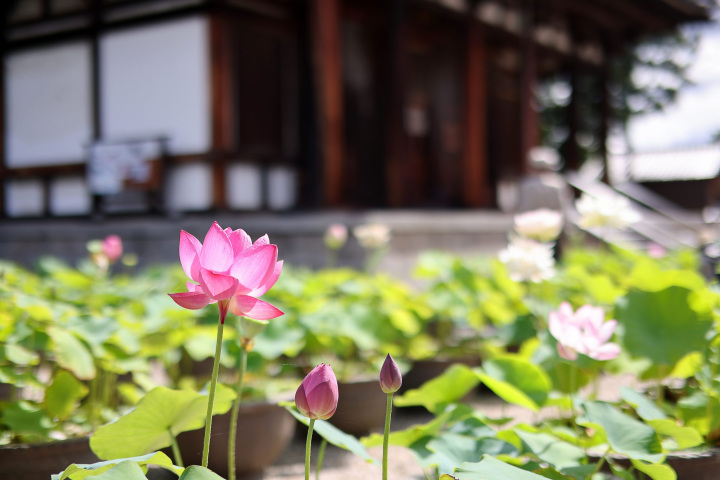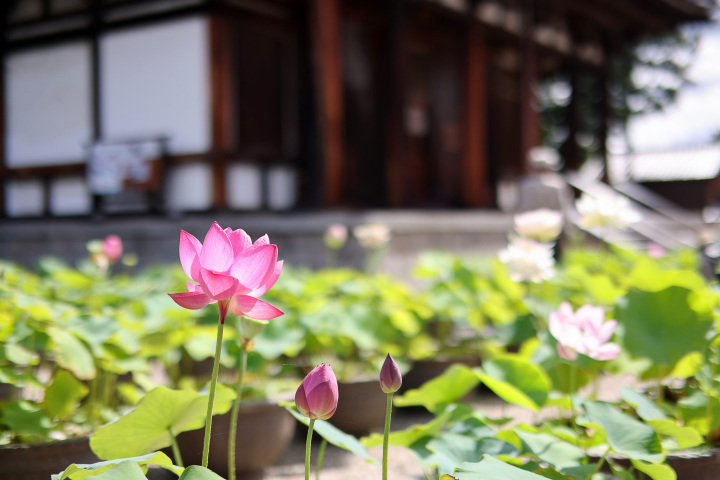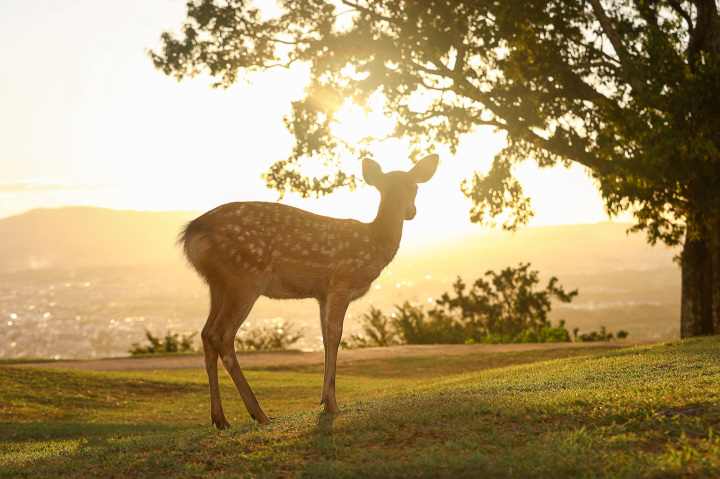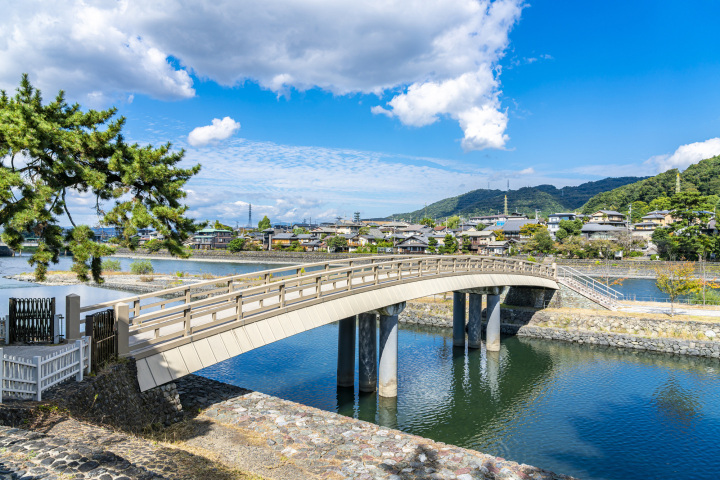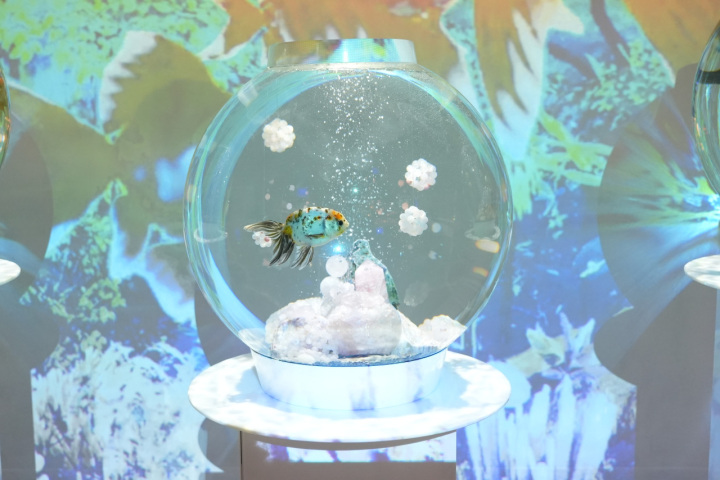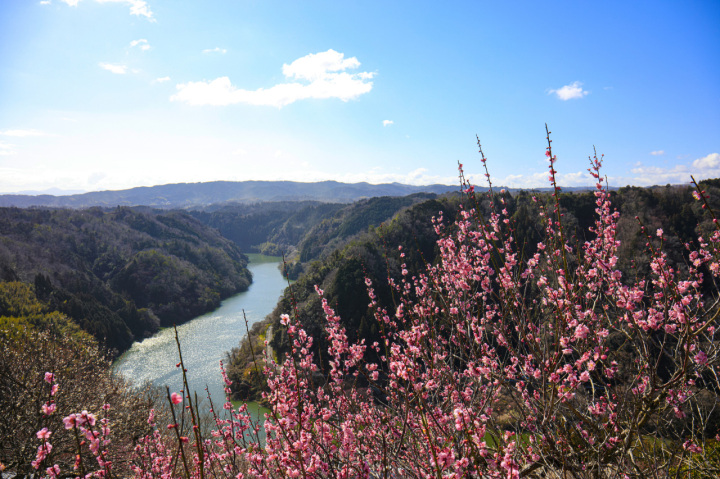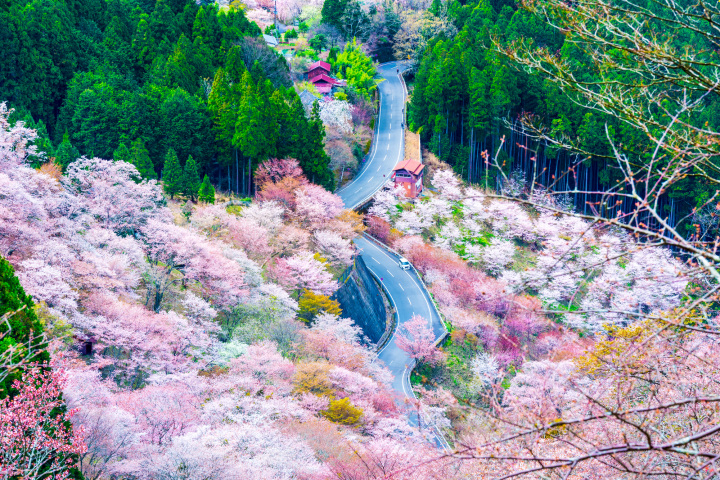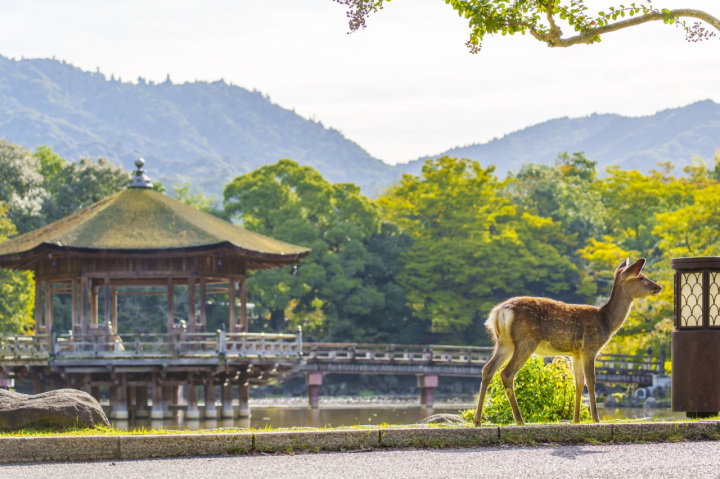A Fresh Morning in Nara to Clear Your Mind
Enjoy Nara before the rush of tourists and other visitors. Feel yourself slowly become lighter, too with a walk through the ancient city as it gradual appears through the morning mist. See some of Nara’s famous sites in a new light, too.
【Approx. 3.39 km 】
Spend the night in Nara to best enjoy its magical mornings!
- Days required
- 58 min (Not including time spent at locations)
- Main methods of transportation
- walk
Itinerary features
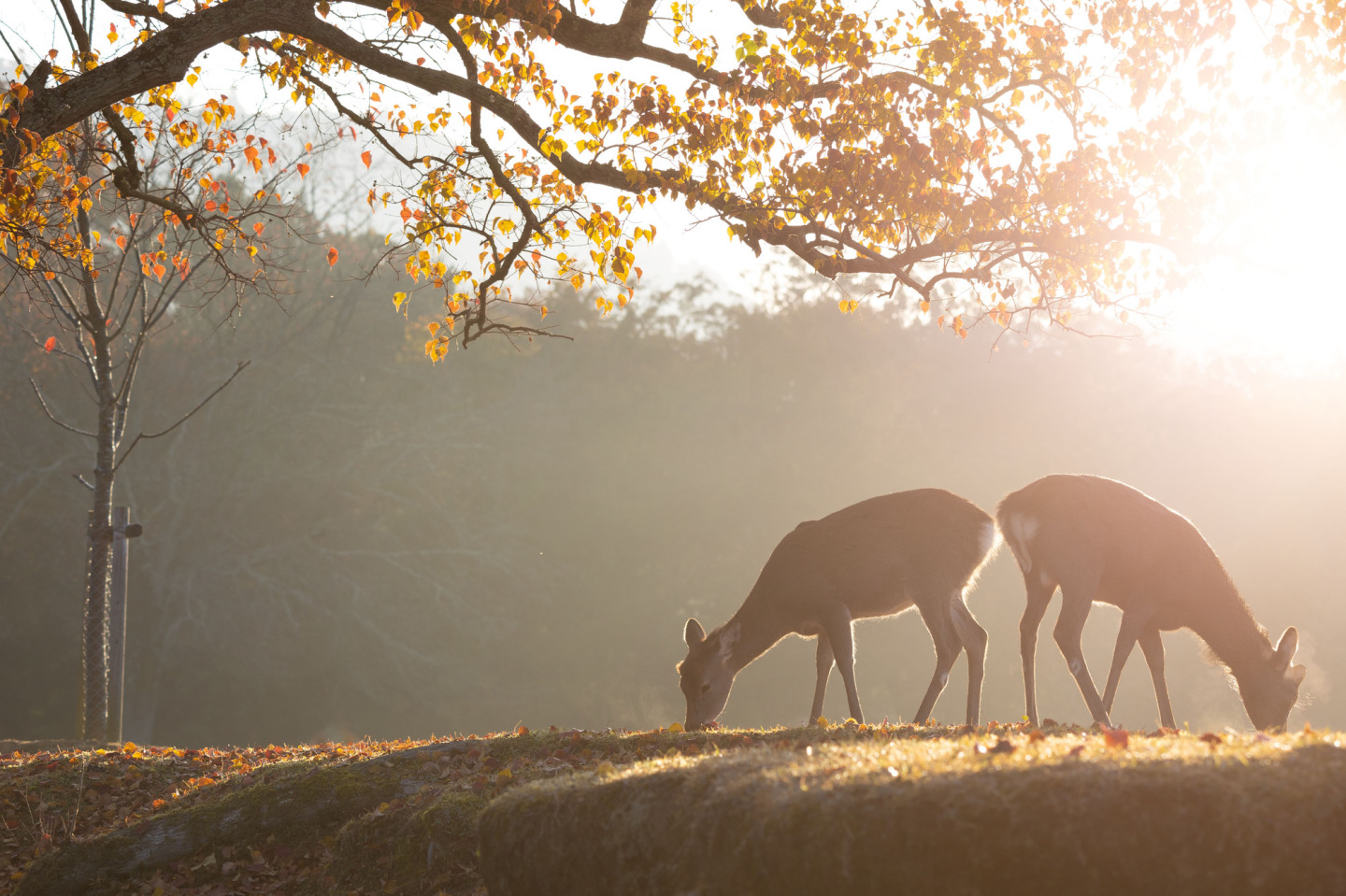
Himuro Shrine
A shrine which houses the guardian of ice god
![[ Undefined: coursed-title-plain ]](/lsc/upfile/spot/0001/0056/10056_1_l.jpg)
The name of this shrine, “Himuro,” literally means “ice room,” a reference to the god enshrined therein: the guardian protector of man-made ice and refrigeration. On the first of each month, “ice lanterns” (koori kentou) are lit: votive candels are lit within ice vessels, which shine exquisitely around the shrine. Visitors in the springtime can also see an extraordinary weeping cherry tree reknowned as the most beautiful cherry blossom tree in Nara. In recent years, an event called “Himuro Shirayuki Festival” has brought together many varieties of shaved ice from around Nara and Japan.
- Address
- 1-4 Kasugano-cho, Nara
- Telephone Number
- +81-0742-23-7297
- Times
- April to October: 6:00 a.m. – 6:00 p.m.
November to March: 6:30 a.m. – 5:30 p.m. - Closed
- Open 365 days a year
Nara Park & Tobihino
Enjoy the beautiful green of this large park
![[ Undefined: coursed-title-plain ]](/lsc/upfile/courseDetail/0000/0275/275_1_l.jpg)
Located within the grounds of Kasuga Taisha Shrine, Tobihino is the name given to this wide, grassy expanse. In the days of the capital, this area was used for signalling with sparks and smoke, which could be seen from far away. The name Tobihino is apt for a place for signal fires, because it translates to, “field of soaring fire.”
- Address
- 160 Kasugano-cho, Nara
- Closed
- Open all week
Kasugataisha Shrine
The shrine of the Fujiwara clan associated with the legend of the divine deer.
![[ Undefined: coursed-title-plain ]](/lsc/upfile/spot/0001/0058/10058_1_l.jpg)
The Shrine lies in a primeval forest of cedars and a kind of Chinese black pines. The brilliant vermillon edifices are beautifully contrasted with their surrounding greenery. Going through the first and second Torii gates, you can see a lot of stone lanterns standing on both sides of the approach to the shrine. Going on further, you will find the south gate on the left. The main hall is located among trees behind the gate. From the gate a corridor extends to the left and to the right. A great number of lanterns hung from the eaves of the corridor are producing an elegant atmosphere.
In the 3rd year of the Wado era (710), when the capital was transferred to Nara, Fujiwara-no-Fuhito celebrated a mass for tutelary deities of the Fujiwara family, which is considered to be the origin of this shrine. In the 2nd year of the Jingo-Keiun era (768), shrine buildings started to be constructed here. Just like the Kofuku-ji Temple,shrine buildings were added, along with the prosperity of the Fujiwara family. In the first half of the Heian period (794-1192), shrine buildings were completed on the same scale as they are today. After the Middle Ages, the belief was prevalent among commoners, which is shown by the fact that various-shaped hanging lanterns and stone lanterns known as ""Mantoro"" were mostly the donations from common people.
The tutelary deities enshrined here are Takemikazuchi-no-Mikoto from Kashima of Ibaraki Prefecture, Futsunushi-no-Mikoto from Katori of Chiba Prefecture, Amenokoyane-no-Mikoto and Himegami from Hiraoka of Osaka Prefecture.
(10 minutes' walk from the bus stop Kasuga Taisha Omote Sando of Loop Line Bus of the city)
*Visits to the shrine early in the morning are led by Shinto priests. For more on specific times during different days and months, please check the site below.
Kasuga Taisha Shrine Website
- Address
- Nara City160 Kasugano-cho
- Times
- Opening Hours:
March to October: 6:30 AM to 5:30 PM
November to February: 7:00 AM to 5:00 PM
■National Treasure Hall
9:00 AM to 5:00 PM (Last admission at 4:30 PM)
■Kasuga Taisha Shrine Manyo Botanical Garden
9:00 AM to 4:30 PM (Last entry at 4:00 PM) - Closed
- ■Treasure Hall: Closed except during three annual special exhibitions.
■Kasuga Taisha Shrine Manyo Botanical Garden
・April-May: Always open
・June-March: Closed on Tuesdays
(Should national holidays fall on a Tuesday, the garden will be closed the following day)
Ukimido Gazebo
A gazebo shrouded in fog
![[ Undefined: coursed-title-plain ]](/lsc/upfile/spot/0001/0105/10105_2_l.jpg)
The Ukimido Gazebo is a hexagonal gazebo with thatched cypress roofing floating over Nara Park's Sagi-ike Pond. Its geometric shape reflects beautifully in the water below, and the building is a rest spot along the waterside.
It's a wondrous sight to catch it early in the morning, as it appears to rise from the pond wrapped in curls of mist. Visitors can also enjoy the nearby flora as it changes throughout the seasons.
- Address
- Nara City
